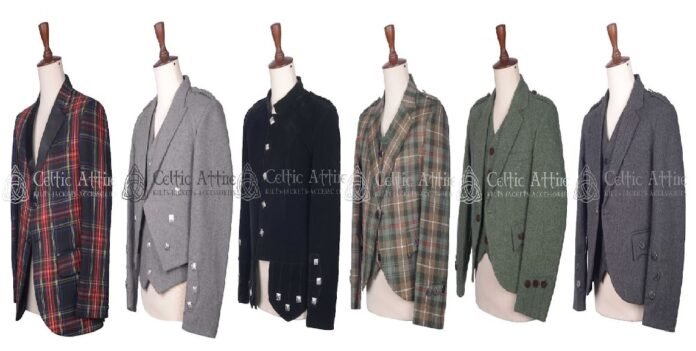For centuries, Australian wool has been the fabric of choice for crafting comfortable and stylish clothing. Renowned for its superior quality, featuring a unique blend of softness, warmth, and breathability, Australian wool is highly sought-after in the fashion industry. Its natural resistance to creasing, odours, and water absorption has propelled it to popularity among designers seeking both durability and fashion-forward materials. This introduction aims to delve into the history of Australian wool production, highlighting its benefits and applications in modern apparel manufacturing.
History of Australian Wool
The history of Australian wool traces back to the 1700s when Australia was a British colony. Initially brought for sustenance, sheep soon became a profitable venture due to the high-quality wool they produced. By 1797, New South Wales alone exported approximately 40 million kilograms of raw wool. This success spurred investments, leading to around 5 million sheep in NSW by 1820. As international demand surged in the 19th century, production reached new heights, with an estimated 50 million merino sheep producing almost 300 million kilograms of raw wool annually by 1900.
Description of Wool Production in Australia
Australia stands as a global leader in wool production, with a history steeped in expertise. Boasting around 77 million sheep, the country excels in every aspect of wool production, from raising sheep to harvesting and spinning their wool. The ideal climate, particularly in New South Wales, facilitates the breeding of Merino sheep, known for producing some of the finest wool available. The shearing process of Australian wool, occurring between October and January, marks the beginning of the production cycle.

Benefits of Australian Wool
Australian wool’s reputation is built on its durability, versatility, and natural insulation properties, making it a sought-after fabric globally. Its strong fibres contribute to longevity, surpassing other fabrics like polyester or cotton. The unique ability of wool to trap air between fibres provides natural insulation, regulating body temperature in various conditions. Additionally, the fibre structure resists odours, a marked advantage over synthetic materials.
Different Types of Wool Produced in Australia
Australia is a hub for various wool types, with Merino wool leading the pack. Prized for its versatility and softness, it is ideal for a range of products, from sweaters to blankets. Mohair wool, sourced from angora goats, offers a distinct texture with a luxurious sheen, suitable for elegant items like suits and shawls.
Uses for Australian Wool Products
Australian wool products have a rich history of crafting diverse and useful items. From clothing to bedding and rugs, the applications of Australian wool are vast. Merino wool, due to its softness and lightweight warmth, is commonly used in clothing items, while wool bedding provides natural moisture-wicking properties. Wool rugs, known for their durability and softness, find a place in high-traffic areas.
Conclusion
In conclusion, Australian wool stands as a premium product, offering superior warmth and comfort. Ideal for those seeking top-notch quality and performance, Australian wool is not only a luxurious choice but also environmentally friendly. It provides natural insulation without compromising environmental or animal welfare standards, making it an excellent investment for those valuing reliability and luxury in a fabric.








